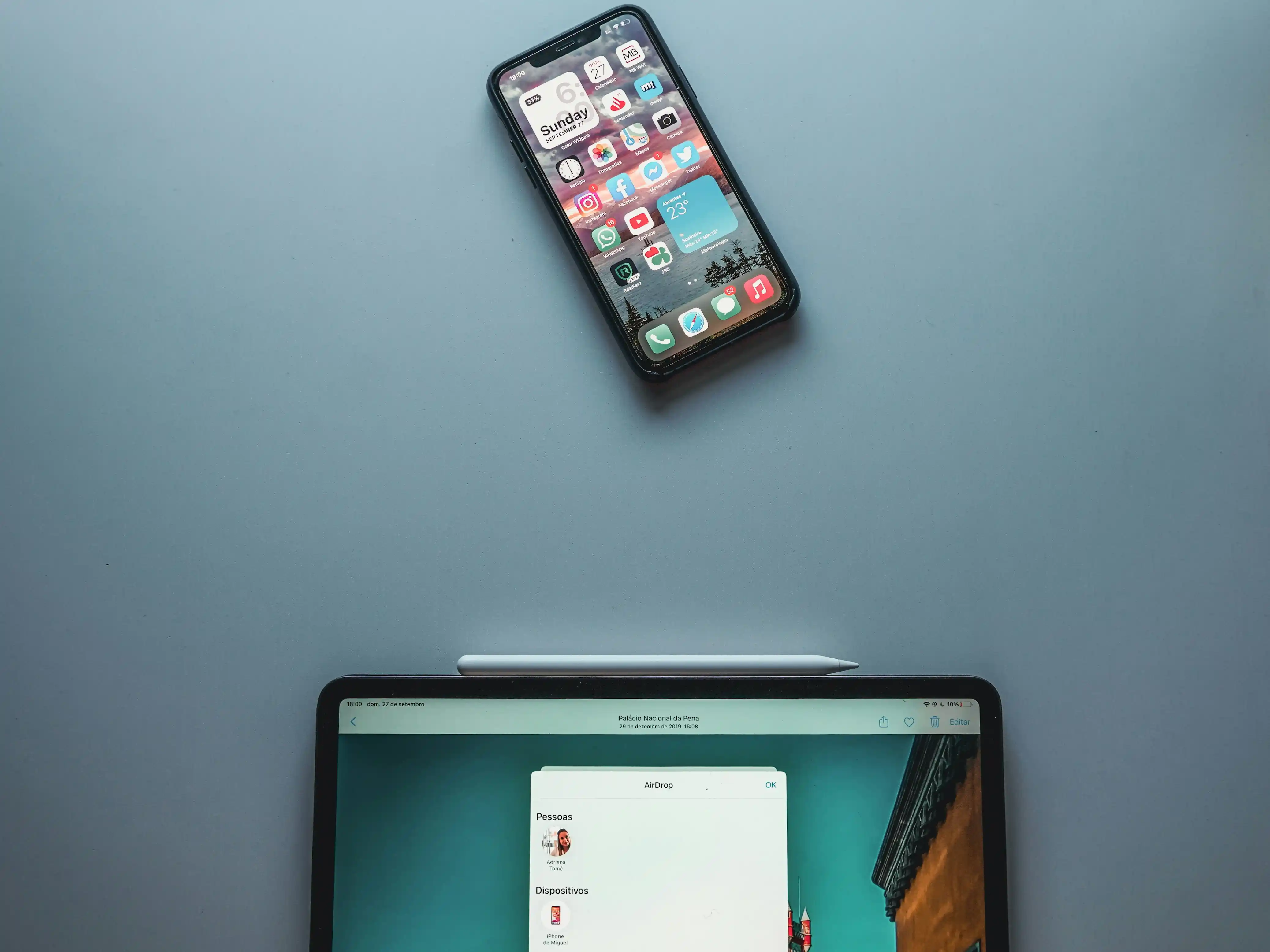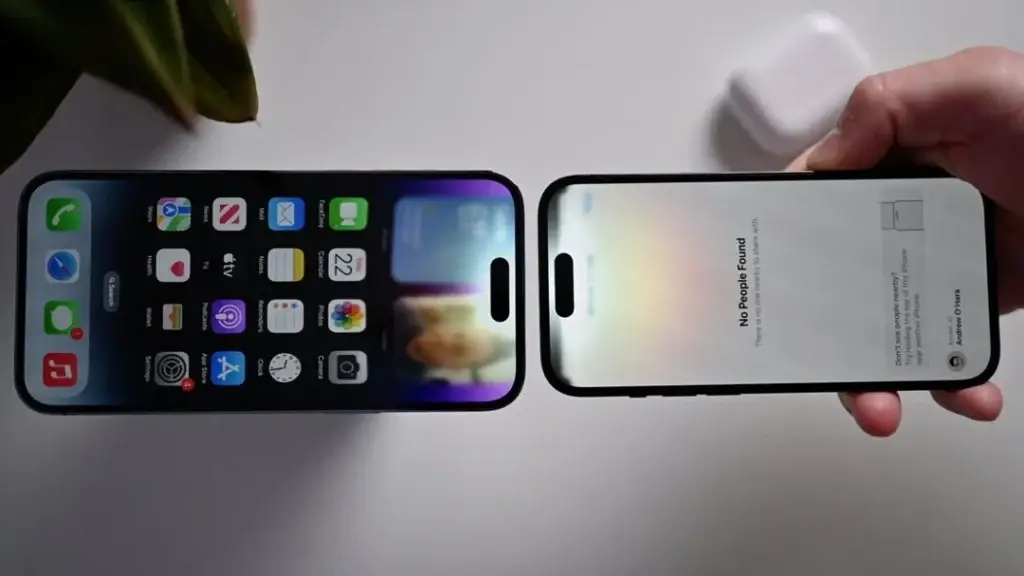Whichever version of the iPhone you own, you must have faced battery issues with it. Until now, the biggest battery drainers have been the applications you’re continuously or more frequently using. One such app is AirDrop.
AirDrop helps share images and other data from an Apple device wirelessly to another Apple device. You just have to tap a photo on your iPhone or Mac to instantly send it to your Mac or friend’s iPhone. Voilà! It’s just that easy.
But, like other apps, ‘Does AirDrop Use a Battery?’
Yes, AirDrop drains the battery but quite insignificantly. Let’s find out how.
What Drains the Battery Most on iPhone?
Do you use your iPhone to check Instagram, Snapchat, or your email repeatedly? Are you always using your WhatsApp to send audio or video clips? Do you have Spotify streaming music for long hours?
Or, do you use AirDrop to transfer your files? Many apps like this keep on checking for information in the background, sending you alerts of new notifications, or downloading some data, all of which drains your iPhone’s battery.
As a thumb rule, determining which app drains your iPhone’s battery the most is to consider the functions and features the apps use (like location or camera), how much you use those apps, and whether those apps have a dark-mode setting.
Keeping all these standards in mind, the biggest drainers are apps that continually use Bluetooth and Wifi networks, such as Google Maps, social media apps, Bluetooth-enabled file transfer, and so on.
AirDrop allows you to quickly transfer files between iPhones, iPads, and Macs without the use of wifi or cellular data. Rather, it uses Bluetooth Low Energy (BLE) to broadcast and find connections in order to transfer information.
So, does AirDrop use a battery? Let’s understand this in detail.
Does AirDrop Drain the Battery?

AirDrop uses Bluetooth to transfer information from one Apple device to another. For the file transfer, Bluetooth constantly scans your surroundings for compatible devices.
It uses your iPhone’s battery when it is being actively used. So, in this way, AirDrop does drain your iPhone’s battery. Moreover, when you don’t need to share files, it can use up your battery life in the background while staying alert for file transfers.
You can check if AirDrop is using battery power on your device.
- Go to Settings on your iPhone.
- Select “Battery” and scroll down. You’ll come across a list of the apps that have used the most battery.
- Tap “Show Activity.” Now, you can see the time you’ve spent on AirDrop.
In this way, you’ll get the answer to “Does AirDrop Use the Battery?”
So, AirDrop does use your iPhone’s battery.
However, AirDrop uses Bluetooth Low Energy (BLE) – an energy-saving version of Bluetooth. Therefore, the battery drainage is negligible (1 to 3 % per day). That makes it power efficient.
What is Bluetooth Low Energy?
You must be familiar with Bluetooth technology. Bluetooth is the wireless connection between your phone and the device. With this technology, you can share data over a short range without any wires.
But in contrast to Bluetooth, BLE (Bluetooth Low Energy) is specifically made for considerably low power usage. This enables apps to connect with BLE devices with severe battery power requirements, such as proximity sensors, fitness devices, heart rate monitors, and certain file transfer applications, like AirDrop.
With a relatively lower energy consumption, apps can function on less battery power and that too for a longer duration. More specifically, it is essential for apps that share small amounts of data time-to-time, such as AirDrop.
How can I save my iPhone’s battery while using AirDrop?
AirDrop uses a negligible amount of your iPhone’s battery when actively used for file transfer. It also drains when not in use.
So, if you don’t want AirDrop to drain your iPhone battery when you’re not using it, turn it off by swiping up from your home screen, tapping on “AirDrop,” and choosing “Receiving Off.” If you want to transfer files later, just repeat the same process.
However, if you want to use AirDrop but minimize the usage of your iPhone’s battery, there are a few tips you can follow.
Enable Low Power Mode

Low Power Mode is a great way to decrease battery consumption. When your iPhone’s battery level reaches 20% while transferring files via AirDrop, you can turn on Low Power Mode. Turn on the Low Power Mode by going to Settings and selecting “Battery.”
Low Brightness Display
Is your iPhone’s display very bright? Your last update might have changed that.
- Go to Settings, tap Display & Brightness.
- Decrease the brightness of your iPhone screen.
This decreases battery consumption while using AirDrop.
Poor Cell Coverage Area? Turn On Airplane Mode
If you’re using AirDrop in a poor cell coverage area, your iPhone’s battery will be draining twice as hard to search for a good signal. While transferring files via AirDrop, you can turn on Airplane mode to reduce battery drainage.
- Go to Settings> Airplane Mode> and tap the Airplane mode icon.
This would reduce the additional drainage of the battery to a considerable extent.
Turn Off Apps Running In The Background
“Background Activity” shows the apps that were using your iPhone’s battery while using another app. Tap on the Clock icon to see how long an app ran in the background.
Apps like Apple Music, Google Maps, and Mail might be draining your iPhone’s battery as you use AirDrop. Besides, mobile games and dating apps also drain the battery.
To disable apps from running in the background:
- Go to Settings> tap General> Background App Refresh> turn off.
The Bottomline
These are a few methods to decrease battery consumption while using AirDrop. Although AirDrop uses a trivial amount of your iPhone’s battery.
Like every app, AirDrop uses your iPhone’s battery. But, it uses Bluetooth Low Energy to connect with other devices. So, there is only a minute amount of energy drainage.
In addition, you can always turn the receiving off. Thereby, AirDrop would stop consuming your iPhone’s battery. Moreover, you can use other ways to save your iPhone’s battery while simultaneously using AirDrop.







